(CLO) Ahead of the election on February 23, many German voters expressed concerns about the stagnant and declining economy in many aspects, and they have good reason.
The German economy is in recession, recording two consecutive years of contraction. It is now the same size as it was in 2019, while many other advanced economies have seen solid recoveries.
Three factors leading to economic stagnation
For many voters who have experienced stagnant real incomes, the bleak economic outlook has added to their pessimism, with expectations that real incomes will continue to fall. There are many reasons for this, but three key factors are holding back the German economy’s recovery.
The first factor is tight fiscal policy. Germany maintains high taxes and lower public spending than many other countries thanks to a constitutional “debt brake” that allows budget deficits only in times of emergency.
The rule was previously relaxed during the COVID-19 pandemic, but the German coalition government has fallen apart amid a dispute over whether to impose a new state of emergency to boost borrowing amid the Ukraine crisis.
This keeps the fiscal deficit at a moderate level, while many argue that increasing the deficit could boost economic growth.
The second factor is the decline in foreign demand. For decades, Germany benefited greatly from global economic integration, especially from China. Asia’s largest economy used to rely heavily on German machinery and cars. But as it moved toward the technological frontier, China reduced its demand for German imports, weakening this important growth engine.
But if Germany's economic downturn were simply due to falling demand, prices should have fallen. Instead, they have risen sharply.
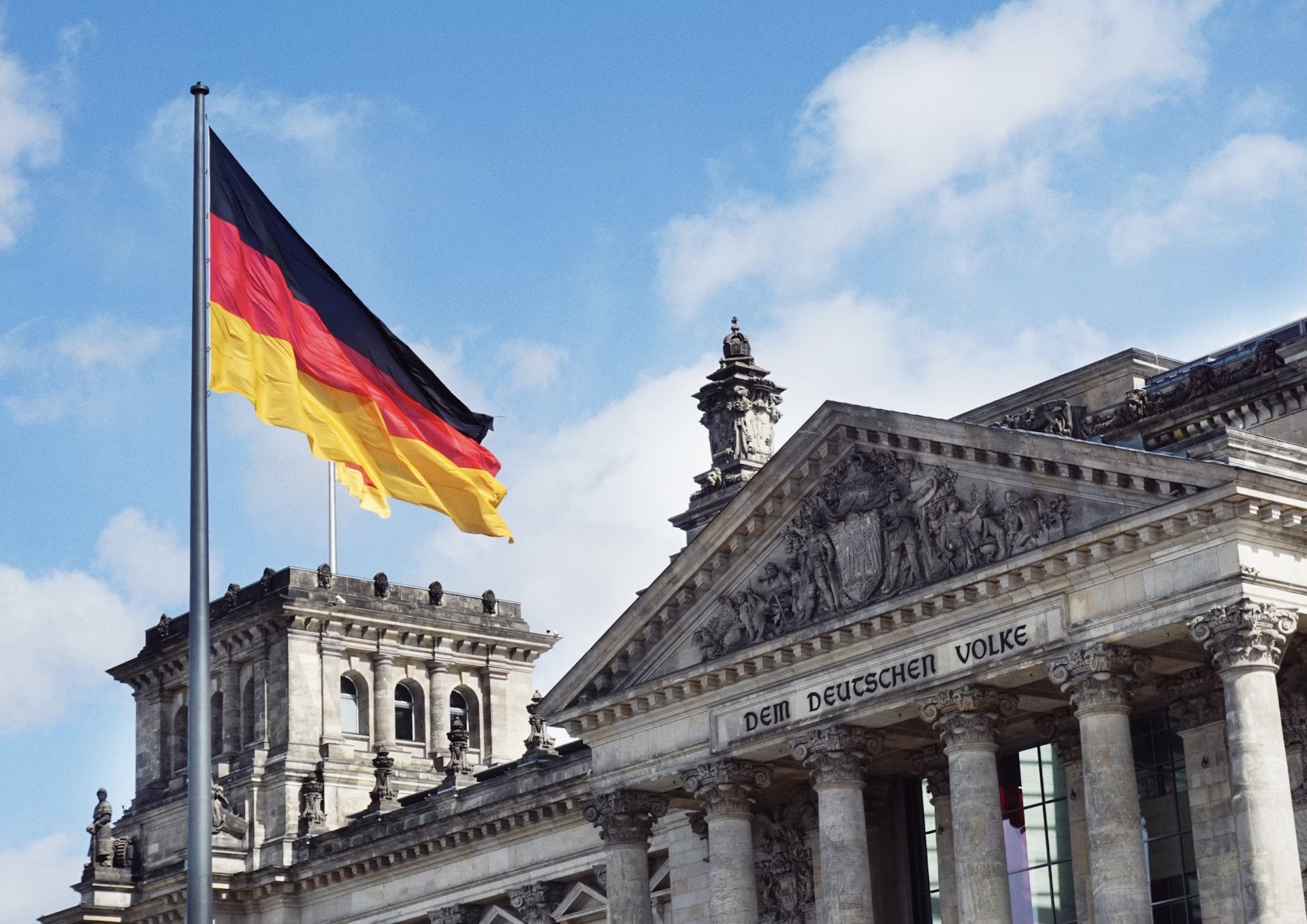
Illustration: Unsplash
Inflation in Germany has been high for several years and is not significantly lower than in the US or the eurozone. Over the next 12 months, German households expect inflation to be above 3%, significantly above the European Central Bank's target of 2%.
In addition, unemployment in Germany remains lower than in most European countries and is not significantly higher than in 2019. This suggests that a lack of demand is not the main cause of the slowdown. Instead, supply-side issues, including falling income forecasts and high inflation, are key.
Three-dimensional economic crisis
Germany is currently facing a three-pronged crisis on the supply side: high energy prices, a shrinking workforce and low productivity growth.
Energy prices have risen sharply since the Russia-Ukraine conflict, hitting Germany particularly hard given its heavy reliance on Russian gas. The outgoing government, led by the Green Party, has accelerated the green energy transition, adding to the costs. This, combined with the costs imposed by the European emissions trading system, has added to the burden on the economy.
In terms of the workforce, hourly productivity growth in Germany is weak, similar to the UK. The decline in hours worked could be related to demographic changes, ineffective immigration or changing labour preferences in the wake of COVID-19.
Low productivity growth is also a big problem. While GDP per hour worked in the US has increased by more than 10% in recent years, Germany and the UK have lagged behind. This can be attributed to aging infrastructure, low private investment, a lack of startups and few companies that grow into large corporations.
So while immigration is dominating German voters' minds ahead of the election, the state of the economy will remain the most important indicator of the nation's mood.
Ngoc Anh (according to Conversation, DW)
Source: https://www.congluan.vn/bau-cu-duc-2025-con-1-ngay-nen-kinh-te-tri-tre-tac-dong-den-la-phieu-cu-tri-post335618.html



![[Photo] General Secretary To Lam receives US Ambassador to Vietnam Marc E. Knapper](https://vstatic.vietnam.vn/vietnam/resource/IMAGE/2025/3/31/5ee45ded5fd548a685618a0b67c42970)
![[Photo] Speeding up construction of Ring Road 3 and Bien Hoa-Vung Tau Expressway](https://vstatic.vietnam.vn/vietnam/resource/IMAGE/2025/3/31/f1431fbe7d604caba041f84a718ccef7)

![[Photo] 2nd Conference of the Party Executive Committee of Central Party Agencies](https://vstatic.vietnam.vn/vietnam/resource/IMAGE/2025/3/31/8f85b88962b34701ac511682b09b1e0d)
![[Photo] Prime Minister Pham Minh Chinh receives delegation of leaders of US universities](https://vstatic.vietnam.vn/vietnam/resource/IMAGE/2025/3/31/8be7f6be90624512b385fd1690124eaa)







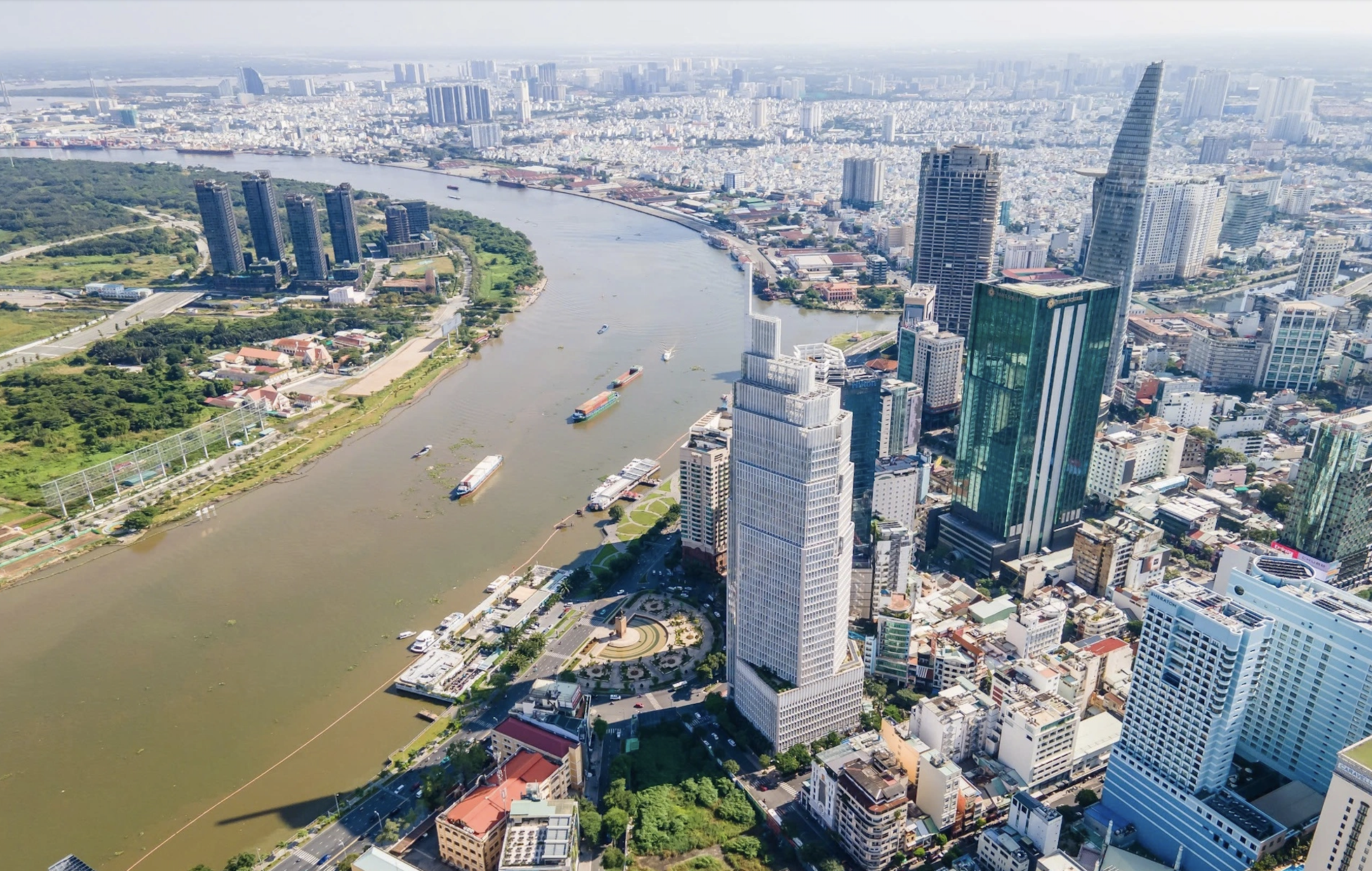












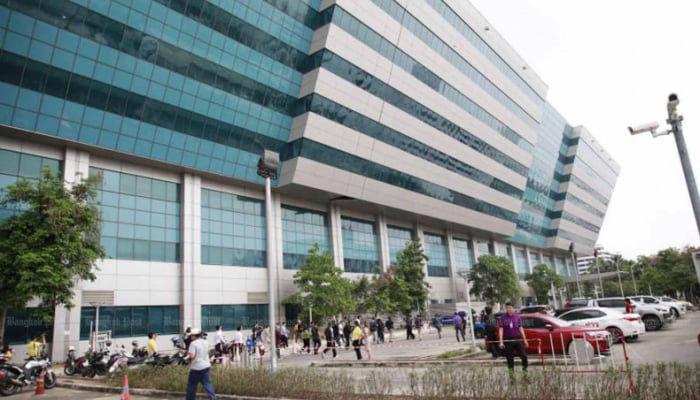














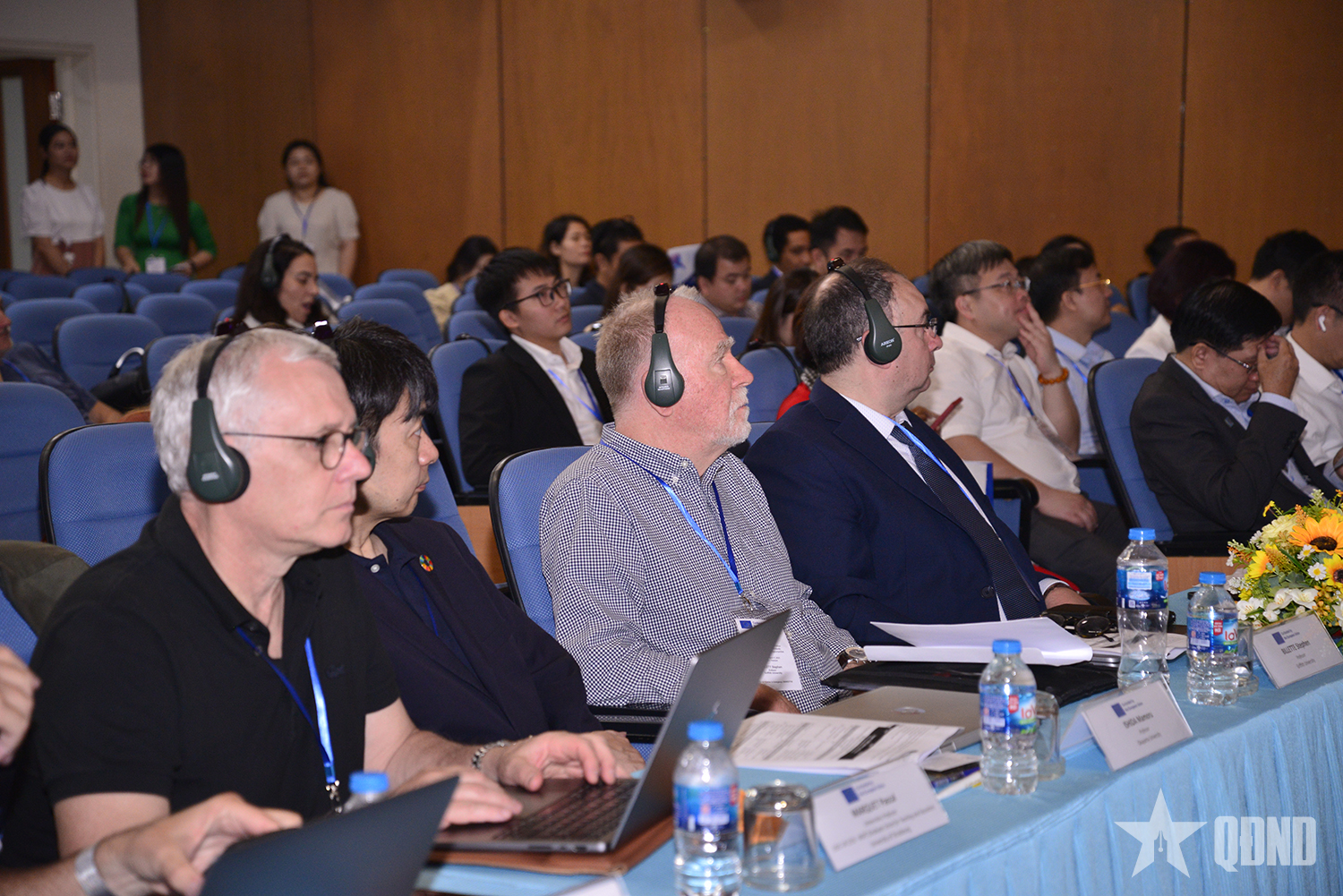



























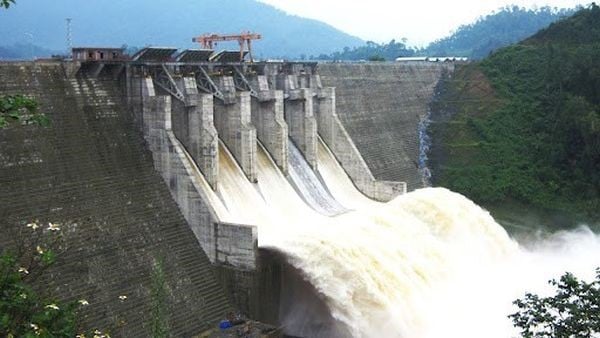

























![[REVIEW OCOP] An Lanh Huong Vet Yen Cat](https://vstatic.vietnam.vn/vietnam/resource/IMAGE/2025/3/27/c25032328e9a47be9991d5be7c0cad8c)

Comment (0)